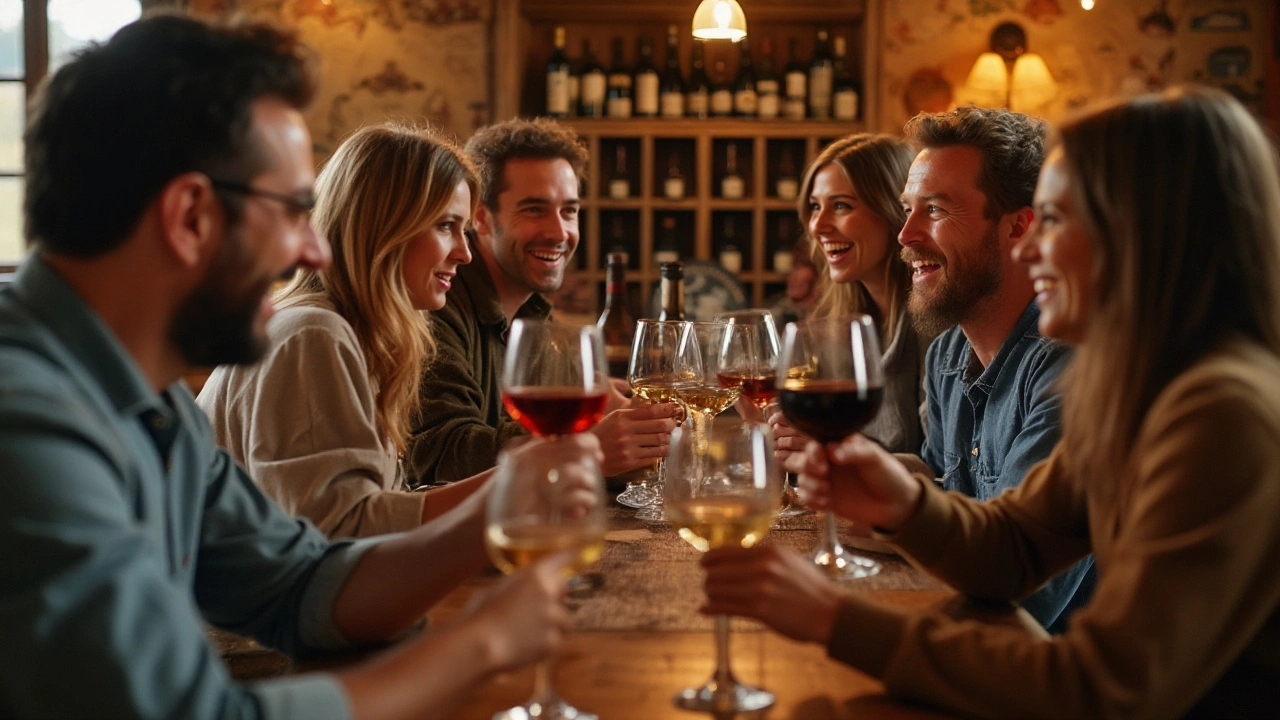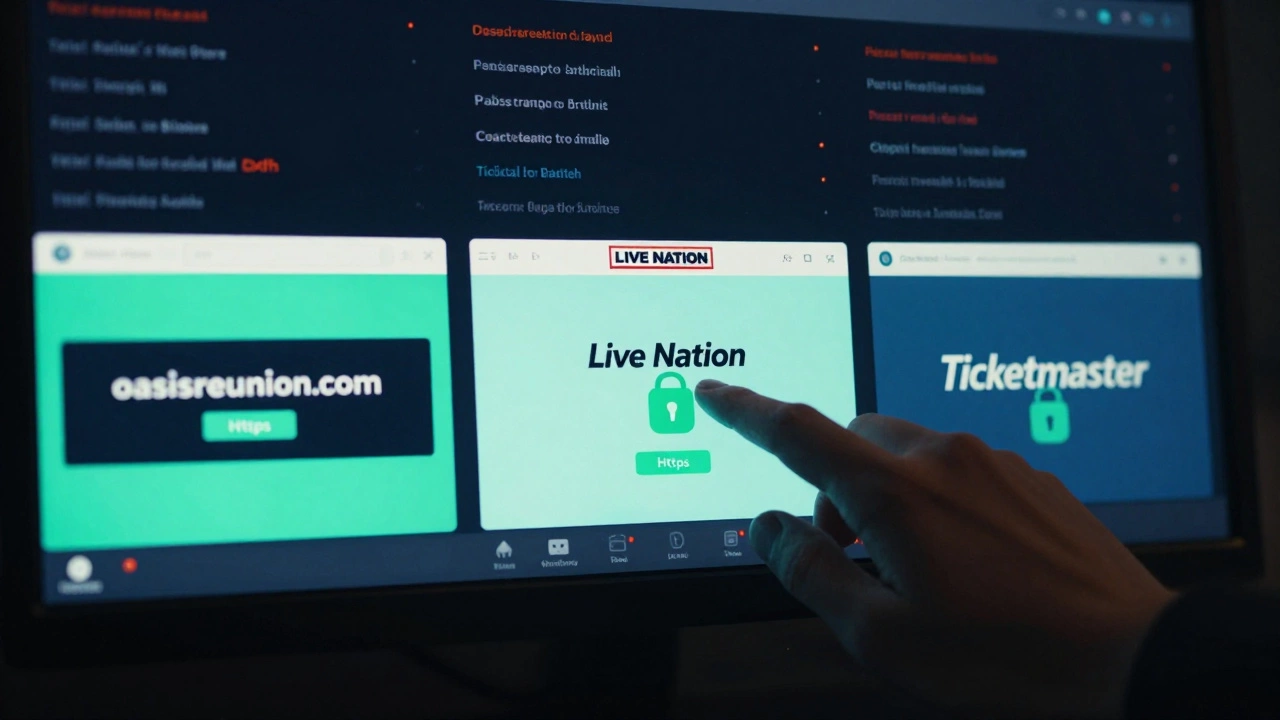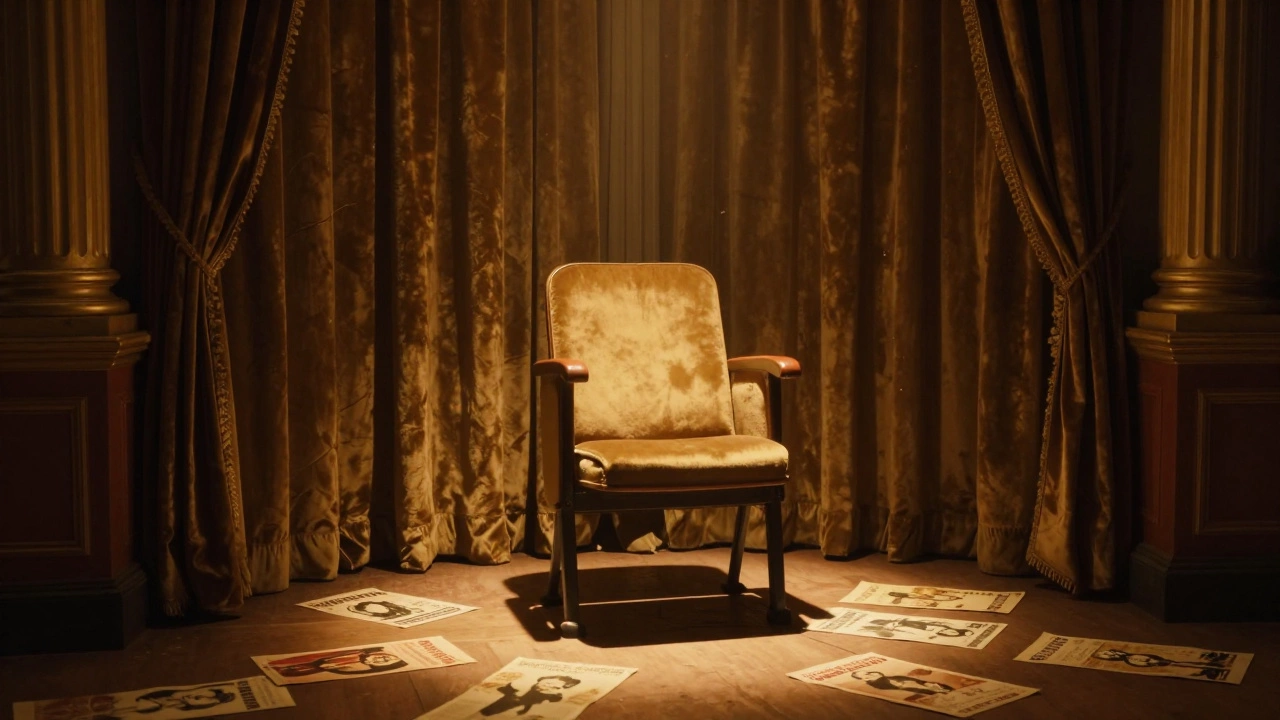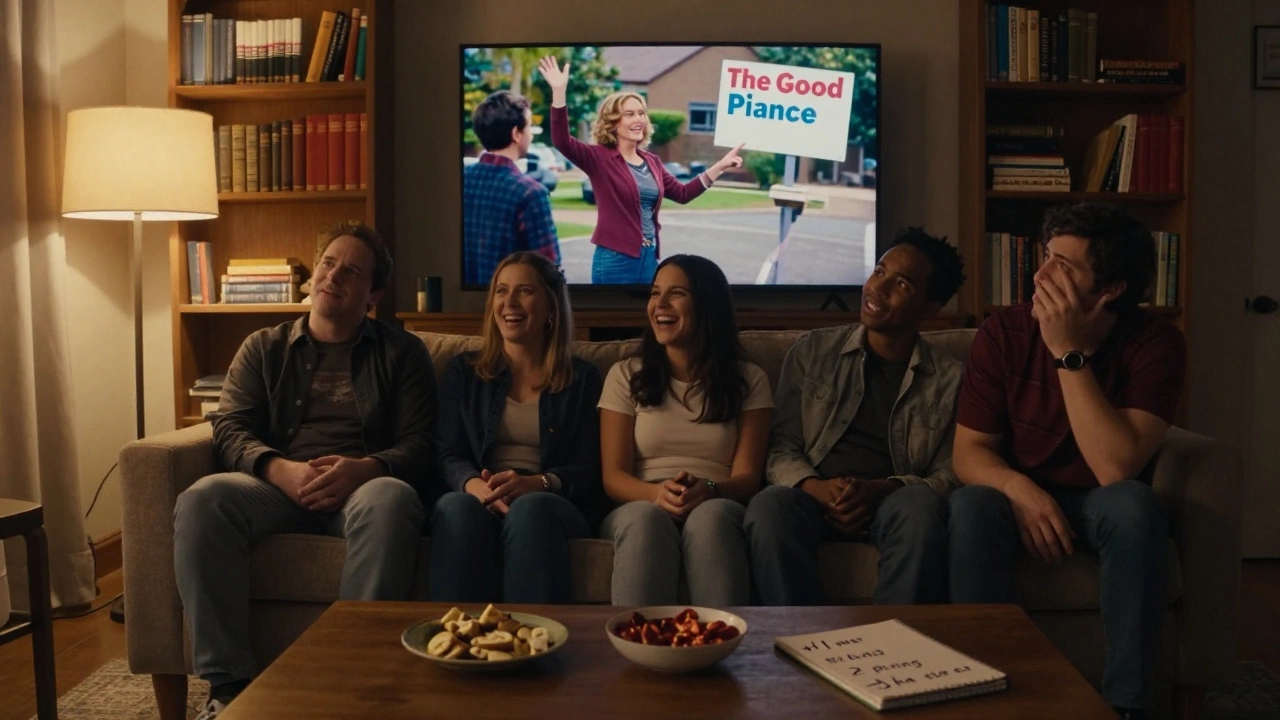How to Taste Wine Like a Pro Without the Fancy Lingo
First thing’s first – you don’t need a sommelier certificate to enjoy a good glass. Grab a bottle you’re curious about, pour a modest amount, and let the experience start. The goal is simple: notice what you like and why, so the next time you shop you’ll know exactly what to reach for.
Read the Label, Then Trust Your Nose
The back of the bottle tells you the basics: grape type, region, and alcohol level. Those details give clues about flavor. After you’ve read it, give the wine a quick swirl and sniff. Try to pick out one or two scents – maybe fresh berries, a hint of oak, or a citrus zing. If you can name something, you’re already ahead of many casual drinkers.
Take a Small Sip, Let It Move, Then Decide
Take a modest sip, let it roll over your tongue, and notice the taste stages. Does it feel light and crisp, or fuller and smooth? Pay attention to the finish – a short ending means a younger wine, a long lingering taste often points to higher quality. Jot down a quick note: “fruity, smooth, long finish.” That note becomes your personal guide.
Now think about food. A light white pairs well with salads or fish, while a bold red can stand up to steak or hearty pasta. No need to be exact; just match the weight of the wine to the weight of the dish. If the wine feels too strong for the food, try a milder side dish, or vice‑versa.
Storing wine doesn’t have to be a mystery. Keep unopened bottles upright in a cool, dark spot – the pantry works fine for a few months. Once opened, reseal with the original cork or a wine stopper and refrigerate. Most reds stay good for three days, whites a bit longer.If you’re unsure where to start, pick a popular variety you’ve heard about – like a Cabernet Sauvignon, Pinot Noir, or a Sauvignon Blanc. Try a mid‑range price; you’ll get decent quality without breaking the bank. Many supermarkets and local shops label “best value” selections, which are perfect for practice.
Finally, share the experience. Pour a second glass for a friend, compare notes, and see if they pick up the same aromas. Talking about taste sharpens your senses and makes the whole process more fun. Remember, the best wine is the one you enjoy, not the one with the highest rating.
So next time you see a bottle, skip the intimidation and follow these steps: read, sniff, sip, note, pair, store. You’ll quickly develop a palate that feels natural, and you’ll have a reliable way to choose wines that actually please you.
Mastering the 5 S's of Wine Tasting for Beginners
Tasting wine involves a rich sensory experience that can be mastered through practicing the 5 S's: See, Swirl, Sniff, Sip, and Savor. Each step offers a unique glimpse into the complexity of wine, enhancing appreciation and understanding of its nuances. By exploring these simple yet effective techniques, both novices and aficionados can deepen their enjoyment of wine. This guide will provide tips and insights to help you become more confident in your wine tasting journey.






